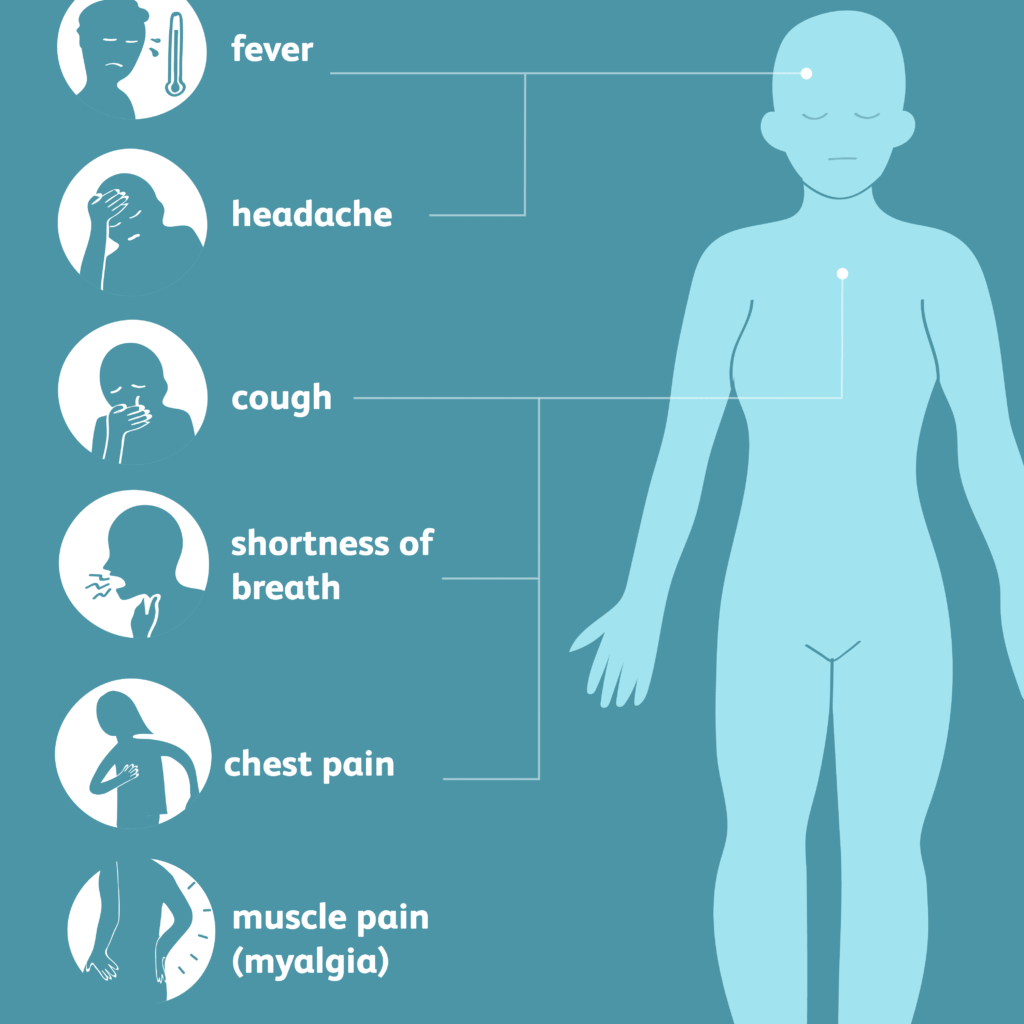Valley fever surges California is the phrase everyone’s buzzing about lately. Reports show an increase in cases across the state, and understandably, people want to know what’s behind it. This article will walk you through exactly what valley fever is, the symptoms to watch for, who’s most at risk, and what you can do to protect yourself. Easy to read, simple, and packed with helpful info—let’s get started.
1. What Is Valley Fever?
Valley fever, also known as coccidioidomycosis, is a fungal infection caused by Coccidioides fungi. These fungi live in the soil of certain parts of the southwestern United States, especially in California’s Central Valley and southern deserts. When dust displaces spores, people inhale them—and that’s when infection can begin.
2. Why “Valley Fever Surges California” Matters
Understanding valley fever surges California isn’t just about numbers—it’s about health attention needed now. Local health officials report rising infection rates. Dry conditions, windstorms, and construction activity contribute to spores becoming airborne and more easily inhaled. This surge brings valley fever into urgent focus for awareness, testing, and prevention.

3. Recognizing the Symptoms of Valley Fever
Knowing symptoms early can lead to quicker treatment and better outcomes. Symptoms can range from mild to severe:
- Mild (flu-like):
- Fever
- Cough, often dry
- Fatigue or tiredness
- Chest discomfort
- Headaches
- Moderate to severe:
- High fever that doesn’t go down
- Severe chest pain
- Shortness of breath or difficulty breathing
- Weight loss
- Muscle or joint aches
- Night sweats
- Alarm signs (seek medical help immediately):
- Confusion or disorientation
- Skin lesions or rashes
- Severe difficulty breathing
- Signs of meningitis (e.g., stiff neck, intense headache)
4. Who Is Most at Risk?
Some individuals face higher risks of serious disease when valley fever surges in California:
- Immune‑compromised people: Those undergoing chemotherapy, living with HIV/AIDS, or using immunosuppressive drugs.
- Pregnant individuals, particularly in the later stages of pregnancy.
- People with chronic health issues, such as diabetes or lung disease.
- Ethnic groups such as Filipinos, African Americans, Native Americans, and Hispanics, who have shown increased risk for severe forms.
- Older adults, generally age 60 and above.
- Outdoor workers or residents in high‑spore areas, especially during dust storms.
5. Why Are Cases Rising Now?
Several factors may explain why valley fever surges California now:
- Climate shifts: Extended droughts create dustier soils and more airborne spores.
- Construction and agriculture: Soil disturbance from digging, grading, or farming spreads spores.
- Increased awareness and testing: More health professionals are testing for valley fever, uncovering more cases that were previously missed.
- Population growth: As more people move into endemic areas, cases naturally go up.
6. Diagnosis and Treatment Overview
Diagnosis typically begins with:
- Medical history & symptoms – a doctor reviews possible risk exposures.
- Laboratory tests:
- Blood tests that detect antibodies to the fungus.
- Chest imaging like X‑rays or CT scans.
- Sometimes, culture or biopsy of infected tissue.
Treatment options:
- Mild cases often resolve on their own. Doctors may recommend rest, fluids, and over‑the‑counter medications.
- Moderate to severe cases may need antifungal medications like fluconazole or itraconazole.
- Disseminated disease requires longer treatment and sometimes hospitalization.
Recovery can take weeks or months, depending on infection severity.
7. Preventive Measures When Valley Fever Surges California
You can’t completely avoid spores, but you can reduce risk:
- Listen to dust storm warnings.
- Stay indoors during dusty conditions. Keep windows and doors closed.
- Consider wearing an N95 mask when exposure to dust is unavoidable.
- Use air purifiers to reduce indoor spores.
- Wet soil or sweeping areas before digging, landscaping, or digging can help reduce airborne dust.
- Awareness matters: Inform doctors if you’ve been in a high‑risk region and have flu-like symptoms.
8. Living with Valley Fever: Tips & Lifestyle Support
- Monitor symptoms! Especially fatigue, cough, or chest discomfort.
- Make a care plan with your provider—know what symptoms warrant medical attention.
- Stay rested and hydrate well.
- Track changes in respiratory health or energy levels.
- Lean on support: patient support groups and local health resources offer help.
9. Valley Fever Surges California: What’s Next?
Health officials urge more research into:
- Better detection methods.
- Vaccines—though none exist yet, they’re under development.
- Public awareness campaigns, so people recognize symptoms and seek early testing.
In areas where valley fever surges, expanded clinical training and community outreach can help curb severe outcomes.
10. Quick Reference: Valley Fever at a Glance
| Aspect | Details |
|---|---|
| What it is | Fungal infection (Coccidioides species) endemic to parts of California |
| Main symptoms | Fever, cough, fatigue, chest pain, shortness of breath |
| Who’s at greatest risk | Immune‑compromised, pregnant, chronic illness, certain ethnic groups, older age, outdoor workers |
| How it’s diagnosed | Symptoms + blood tests, chest imaging, possibly biopsy/culture |
| Treatment | Often self-limiting; antifungals for moderate to severe cases |
| Prevention strategies | Avoid dust exposure, use masks, stay indoors, wet soil when disturbing |
| Why cases are increasing | Climate conditions, soil disturbance, testing, population movement |
Conclusion
When valley fever surges California, it’s more than a catchy phrase—it’s a real public health concern. Understanding the symptoms, knowing who’s at risk, and embracing prevention strategies can make a big difference in early detection and better outcomes. Stay informed, protect yourself and loved ones, and consult a healthcare provider if symptoms appear.
If you live, work, or travel in regions where valley fever is common—and you notice a persistent cough, fever, or fatigue—don’t delay. Early diagnosis is often the key to a smooth recovery. In the meantime, keep dust at bay and stay alert—knowledge is your best defense.
Also Read : Jackie Bezos Dies at 78: Remembering Jeff Bezos’ Mother






